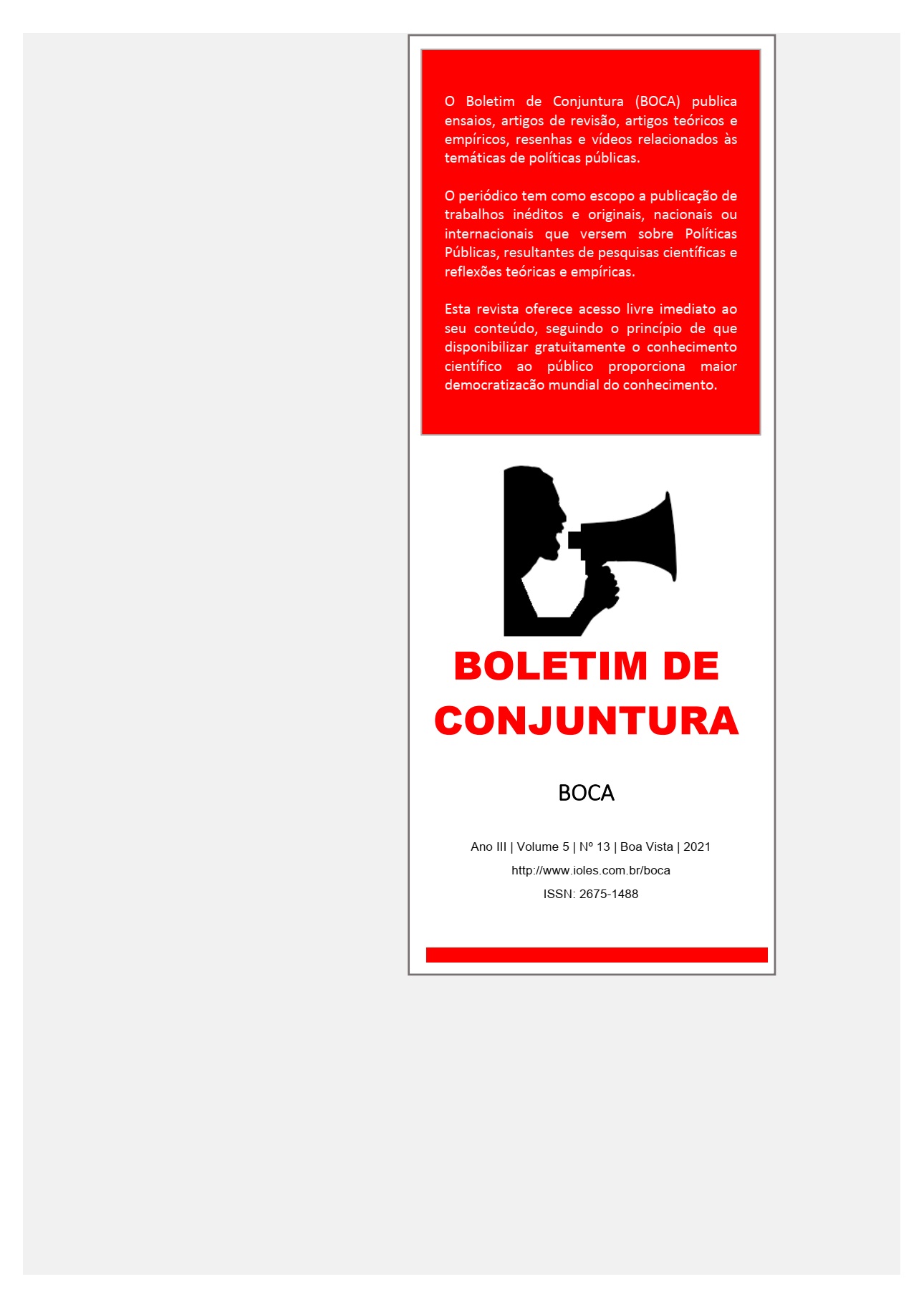O SAMBA COMO MOVIMENTO CULTURAL DE RESISTÊNCIA: UMA APROXIMAÇÃO ATRAVÉS DE PENSADORES MARXISTAS
Main Article Content
Abstract
This article sought to analyze samba as a cultural movement of resistance and claim by male and female workers in the country's peripheries and slums. The compositions “Zé do Caroço” by Lecy Brandão (1975) and “Sonho Estranho” by Moacyr Luz and Chico Alves (2019) were used. Dialectical historical materialism was used as the theoretical-methodological path. We used authors from the critical field, in particular, E. P. Thompson and M. Bakhtin, for formulating theoretical concepts related to the categories: Culture / Class / Class Awareness and Language / Discourse. To analyze samba as “communication of the oppressed”, we privilege Eduardo Granja Coutinho. It was hypothesized that the culture of the working class continues to have its necessary and urgent role in this journey marked by oppression. As a conclusion, we understand that samba has a marked space as a protagonist in popular culture, in moments of struggle and in moments of glory, through past-present-future dialogicity and that the construction of the discourse is completely implicated in its common meanings, of experience.
Article Details

This work is licensed under a Creative Commons Attribution 4.0 International License.
Copyright (c). Conjuncture Bulletin (BOCA)
This work is licensed under a Creative Commons Attribution 4.0 International License.
References
ALMEIDA, S. L. O que é racismo estrutural? Belo Horizonte: Editora Letramento, 2018.
BAKHTIN, M. Marxismo e Filosofia da Linguagem. São Paulo: Editora Hucitec, 2002.
BATISTA, W. M. “A inferiorização dos negros a partir do racismo estrutural”. Revista Direito e Práxis, vol. 9, n. 4, 2018.
COUTINHO, E. G. “A comunicação do oprimido: malandragem, marginalidade e contra-hegemonia”. In: PAIVA, R; SANTOS, C. (orgs.). Comunidade e Contra-Hegemonia no Rio de Janeiro: rotas de Comunicação Alternativa. Rio de Janeiro: Mauad, 2008.
FERREIRA, M. “Moacyr Luz propaga 'Sonho estranho' em single com Samba do Trabalhador”. G1 [11/08/219]. Disponível em: <https://glo.bo/324HjCW>. Acesso em: 26/11/2020.
GUIMARÃES, M. E. A. Do Samba ao Rap: a música negra no Brasil (Tese de Doutorado). Universidade Estadual de Campinas, Instituto de Filosofia e Ciências Humanas, Campinas: UNICAMP, 1998.
LISBOA, L. “O samba como resistência e reafirmação”. Revista África e Africanidades, n. 8, fevereiro, 2010.
MONTEIRO, C. A, B; ALMEIDA JR, O, F “Intelectual orgânico como mediador da informação: algumas considerações acerca de um diálogo possível”. CID: Revista de Ciência da Informação e Documentação, vol. 8, n. 2, 2017.
SILVA, S. A. G. “Entre batuques e cantos: o samba como arma de resistência negra”. Revista de História da UEG, vol. 5, n. 1, 2016.
THOMPSON. E. P. A Formação da Classe Operária Inglesa, Vol. 1. A Árvore da Liberdade. Rio de Janeiro: Paz e Terra, 1987.
VENDRAMINI, C. R; TIRIBA, L. “Classe, cultura e experiência na obra de E. P. Thompson: contribuições para a pesquisa em educação”. Revista HISTEDBR, n. 55, março, 2014.


